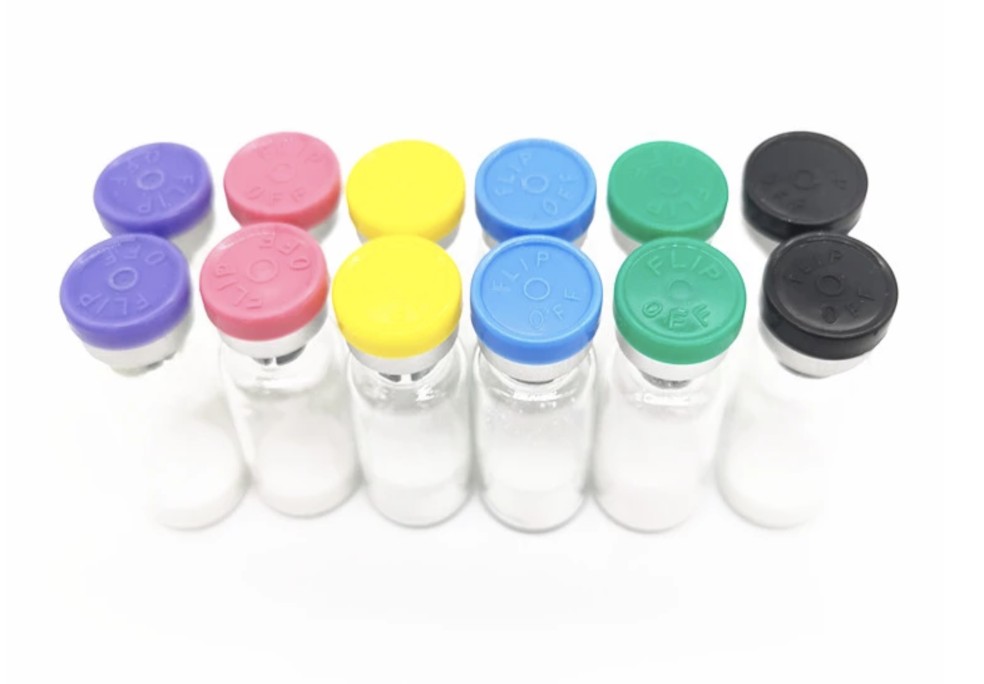d'Elcaton
Alias:Calcinile,Carbicalcine,Carbocalcitonine,d'Elcaton, Elciton's, Turbocalcine
N ° CAS. : 60731-46-6
EINECS : 262-393-7
MF : C148H244N42O47
MW : 3363.82
Apparence : poudre blanche
Pureté : 98%
Noter : Qualité pharmaceutique
Teneur en peptides(par %N): ≥80%
Teneur en eau(Karl Fischer): ≤8,0 %
Teneur en acétate(par CLHP): ≤12,0 %
Composition en acides aminés: ±10% de la théorie
Pureté(par CLHP): 98.0%min.
Impureté unique(par CLHP): 0.5%maximum.
Essai(Par anhydre, Sans acide acétique): 95.0~105,0 %
MME: Cohérent
Stockage: Endroit frais et sec(-20℃, loin de la lumière)
Usage : Elcatonin est utilisé pour l'hypercalcémie, l'ostéoporose.
Elcatonin is a Calcitonin derivative which is transformed from eel's calcitonin by changing the S-S bond into the stable C-N bond. It inhibits the absorption and autolysis of bones, thus leads to blood calcium descending. En outre, it inhibits the bone salts dissolving and transferring and promotes the excretion of calcium and phosphorus in urine. Meanwhile, it inhibits renal tubules reabsorbing calcium, phosphorus and sodium and keeps blood calcium at normal level. It is mainly used for remitting or eliminating the pain caused by Osteoporosis.
Elcatonin Synthetic is a single, non-glycosylated polypeptide chain containing 31 acides aminés, having a molecular mass of 3363.2 Dalton and a Molecular formula of C148H244N42O47.
Elcatonin is a Calcitonin derivative which is transformed from eel's calcitonin by changing the S-S bond into the stable C-N bond. It inhibits the absorption and autolysis of bones, thus leads to blood calcium descending. En outre, it inhibits the bone salts dissolving and transferring and promotes the excretion of calcium and phosphorus in urine. Meanwhile, it inhibits renal tubules reabsorbing calcium, phosphorus and sodium and keeps blood calcium at normal level. It is mainly used for remitting or eliminating the pain caused by Osteoporosis.
Teneur en eau(Karl Fischer) :≤10,0 %
Teneur en acétate(par CLHP) :≤15,0 %
Composition en acides aminés :±10% de la théorie
Pureté (par CLHP) :≥98,0 %
Impureté unique(par CLHP) :≤1,0%
Teneur en peptides(par %N) :≥80%
Essai(Par anhydre, Sans acide acétique ) :95.0~105,0 %
Endotoxines bactériennes :≤5EU/mg






















